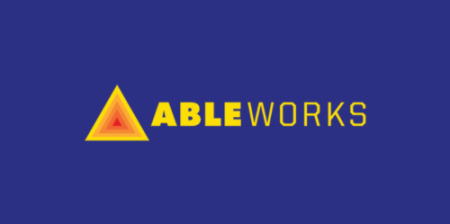
Project WITH—Second Chance Funding
Organization: Community Support Services Organization/AbleWorks
Program Name: Project WITH – Second Chance
Funding: Office of Juvenile Justice and Delinquency Prevention – Second Chance Act
What problem is being Solved? The Project WITH Second Chance Program aims to address the reentry and recidivism reduction challenges posed for youth who are returning to their communities from juvenile residential or correctional facilities.
Curricula Used: Project WITH
Curricula Benefits: By promoting thoughtful conversations and reflections on the shared human experience, Project WITH empowers system-involved youth to navigate relationships with greater awareness and resilience, understand how their actions today shape their futures, and make informed and constructive choices.
Target Audience: 15-24 year old males and females who are currently incarcerated in Los Angeles County probation camps or in re-entry group homes.
Audience Demographics: As of late 2023, the youth population in Los Angeles County residential probation camps reflects a significant racial and ethnic disparity, with approximately 65% identifying as Hispanic/Latino and 28% as Black/African American. White youth make up roughly 3% of the population, with the remaining 4% representing other racial or ethnic groups.
Class Size: 5–12 young people
Program Setting:Life skills and re-entry planning
Location of Instruction: Los Angeles Residential Probation Camps / Detention Centers / Group Homes
Length of Instruction: Six – 90 minutes sessions
Instructors: 1-2 per cohort (best practice is male/female team), preferably with lived experience
Instructor Training Protocol: Attend Project WITH training, Trauma Informed training, trainings as required by the facility
Student Workbooks: Yes, each young person gets a Project WITH perfect bound journal
Incentives to Students and Staff:
- Concluding field trip, for instance an excursion to Camp Eaton or to an amusement park, miniature golf upon successful completion of program.
- Project WITH provides letter to judge in the juvenile’s file showing their participation.
- Meals, when allowed
- Staff get to know the young people they serve
Observable Outcomes:
- More likely to make plans to reach their goals
- Increased understanding of what makes a relationship healthy
- More likely to think about the consequences before making a decision
- Demonstrate an increase in ability to resist temptations and provocations
- Strengthening positive relationships with family and mentors
- Improved strategies around emotional regulation and stress management
- Demonstrate mindfulness skills to deal with past and future trauma
Challenges:
- Probation staff being rotated and not having consistent staff that understands Project WITH.
- Not having Wi-Fi at some facilities (solution: YouTube subscription)
Tips:
- Building strong relationships with facility staff and leadership is critical for effective youth programming in correctional settings.
- Establishing trust through regular collaboration with administrators, wardens, and program coordinators, understanding facility policies and schedules, and maintaining open communication.
- Aligning program goals with the facility’s objectives, you can create win-win opportunities that benefit both staff and participants.
- Inviting staff to actively engage in sessions, whether through regular check-ins or participation in group activities, helps build a sense of shared purpose.
- Seeking regular feedback from facility staff can provide valuable insights into participant progress and group dynamics, enhancing program effectiveness.
- Giving away SWAG (like a t-shirt) or bath products if allowed
- Use short pencils (like gold pencils)

